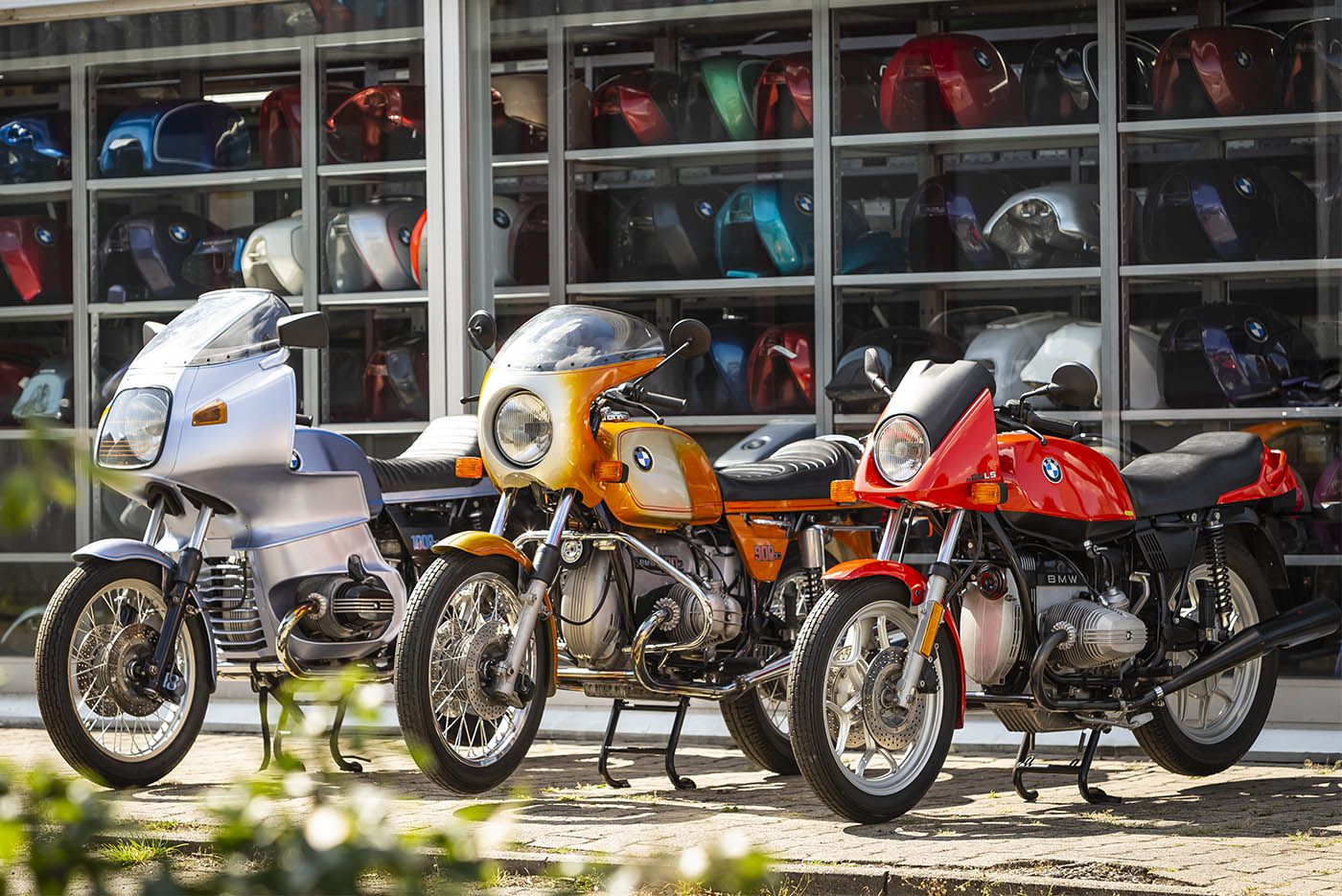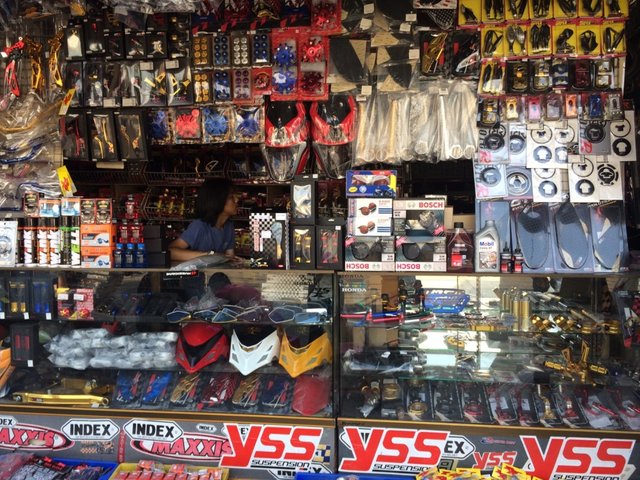See Our Motorcycle Shop for Expert Suggestions and Quality Products
See Our Motorcycle Shop for Expert Suggestions and Quality Products
Blog Article
Understanding the Vital Parts of a Bike: A Comprehensive Guide for Enthusiasts
For bike enthusiasts wanting to raise their riding experience and ensure their bikes run efficiently, understanding the necessary elements of a motorbike is vital. Each component, from the engine's elaborate operations to the essential function of the stopping devices, not only impacts efficiency however likewise security and convenience. This overview will certainly stroll through the fundamental parts that every rider must know with, enabling informed choices in both maintenance and possible upgrades. As we begin this exploration, one must ask: exactly how does each element communicate to produce the seamless experience every lover seeks?
Engine Parts

The camshaft plays an essential function in controlling the timing of the engine's valves, making sure the specific opening and closing required for effective gas and air consumption, along with exhaust expulsion. This timing is crucial to maintaining optimum engine performance and efficiency. Additionally, the carburetor or fuel injection system, depending upon the motorbike design, is liable for mixing air with fuel in the appropriate ratio for combustion.
The air conditioning system, either air or liquid-based, functions to maintain the engine's temperature within functional limits, protecting against getting too hot and making certain long life - mx parts nz. Each part, meticulously made and integrated, adds to the seamless procedure of the engine, defining the motorcycle's power output and overall efficiency
Transmission System
Integral to the motorbike's capability, the transmission system guarantees efficient power transfer from the engine to the wheels. This system comprises several crucial parts, consisting of the clutch, transmission, and final drive, each playing an essential role in translating the engine's power right into activity. The clutch, commonly operated by a hand bar, offers to engage and disengage the engine from the transmission, permitting for smooth equipment adjustments and regulated velocity.
The transmission, frequently referred to as the transmission appropriate, includes a set of gears that cyclists can by hand move through to change the bike's rate and torque result. These equipments are prepared in a sequence that allows the motorcycle to increase efficiently and preserve optimal engine efficiency throughout various rates. Many motorbikes utilize a sequential transmission, calling for the biker to shift equipments in a fixed order.
Braking Systems
While understanding the transmission system is crucial to harnessing a bike's power, just as crucial is the capability to regulate and quit that power successfully, which is where stopping systems come right into play. Brakes are crucial for security and performance, giving the motorcyclist with the essential control to navigate various surfaces and problems. Typically, motorcycles feature 2 sorts of braking systems: disc brakes and drum brakes.
Disc brakes are extra prevalent in contemporary motorbikes because of their exceptional efficiency. They contain a brake disc, caliper, and pads. When turned on, the caliper presses the brake pads against the rotating disc, transforming kinetic power into heat, thus slowing the wheel. This system provides much better warmth dissipation, consistent efficiency, and improved quiting power, specifically in wet problems.
Conversely, drum brakes, though much less common, are still discovered in some bikes. They work by pushing brake footwear against the inner surface of a drum connected to the wheel. While normally less effective in heat dissipation and stopping power, drum brakes are simpler and much more cost-efficient.
Understanding these stopping systems' nuances allows riders to keep their motorcycles effectively and value the design that makes sure effective and secure quiting.
Suspension and Guiding
Suspension and steering systems are essential elements that dramatically influence a motorcycle's handling and trip convenience. The suspension system, being composed of forks at the front and shock absorbers at the rear, takes in roadway abnormalities, boosting stability and control. Front forks, commonly telescopic or inverted, compress and rebound to reduce influences, while back shock absorbers preserve tire contact with the roadway, essential for traction and safety and security.
Steering, centered around the handlebars, connects the motorcyclist to the bike's directional control. The guiding head bearings make sure smooth procedure, permitting accurate maneuverability. Appropriate positioning and upkeep of these bearings are crucial for predictable steering reaction and reducing motorcyclist tiredness.
The suspension's adjustability is another crucial element; preload, damping, and rebound setups enable personalization to suit numerous riding conditions and designs. This adaptability is essential for optimizing performance, whether browsing urban roads or tackling tough trails. Technologies like digital shock absorber supply real-time changes, improving adventure quality throughout varied terrains.

Electrical Systems
After making sure a smooth and controlled experience via efficient suspension and steering systems, interest turns to the electric systems, a critical facet of modern-day bikes. mx gear nz These systems play a vital role not only in beginning the engine however likewise in powering various elements that enhance the performance and safety of the motorbike.
At the heart of a motorcycle's electrical system is the battery, which shops electrical energy needed for beginning the engine and powering supporting systems - motocross parts nz. The generator or generator, paired with the rectifier-regulator, makes sure the battery continues to be charged while the bike functions, transforming power right into electric energy and maintaining voltage levels
The ignition system, another vital component, is accountable for igniting the air-fuel blend in the engine's cyndrical tubes. Modern motorbikes frequently make use of a digital ignition system, supplying better performance and integrity contrasted to traditional systems.
Lights systems, including headlights, tail lights, and signs, are likewise important, guaranteeing presence and safety and security for the rider. Additional electronic elements such as sensing units, control devices, and displays add to advanced features like gas injection monitoring, anti-lock stopping systems (ABDOMINAL), and electronic control panels, additionally improving the riding experience.
Final Thought
A complete comprehension of a motorbike's important components, consisting of the engine, transmission system, stopping systems, suspension, steering, and electric systems, is important for fanatics intending to optimize efficiency, safety, and convenience. Mastery of these elements permits for notified choices regarding maintenance and upgrades, inevitably enhancing the riding experience. By integrating this expertise, riders can guarantee their bikes run at peak performance and dependability, therefore making the most of both enjoyment and long life of their vehicles.
For bike fanatics looking to boost their riding experience and ensure their bikes run smoothly, understanding the important elements of a motorcycle is vital.Indispensable to the motorbike's capability, the transmission system ensures reliable power transfer from the engine to the wheels.While understanding the transmission system is vital to harnessing a motorcycle's power, similarly essential is the capability to regulate and quit that power efficiently, which is where stopping systems come right into play. Typically, bikes feature 2 kinds of stopping systems: disc brakes and drum brakes.
A thorough understanding of a motorcycle's necessary elements, including the engine, transmission system, braking devices, suspension, steering, and electrical systems, is vital for enthusiasts aiming to maximize efficiency, safety and security, and convenience.
Report this page